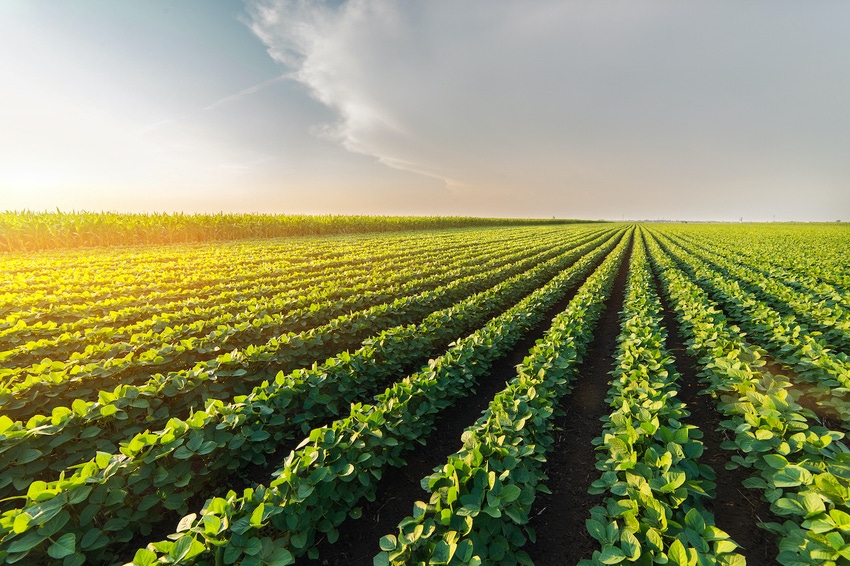
Next Friday will provide yet another round of data from USDA for the trade – and farmers – to digest. The primary focus from the market’s perspective will be the current assessment of corn and soybean yields. In 2019, USDA changed their practice of weighing ears as part of their method to estimate corn yield. USDA now waits until the September report to include data from the field, and instead uses satellite imagery to assist with August estimates.
Crop conditions haven’t strayed very far from last year’s assessments with corn this week rated 61% good to excellent, which is 1% lower than a year ago. Last year’s August WASDE report did show a considerable reduction in corn yield, dropping yield from 179.5 bushels per acre to 174.6.
For perspective, dropping this year’s yield estimate to 174.6 bpa would decrease production by almost 200 million bushels. Assuming no demand estimates are changed, carryout would drop to 1.273 billion bushels (bb) which represents an 8.7% stocks-to-use ratio.
Soybeans have a similar story to corn with this week’s rating the same as a year ago at 60% good to excellent. USDA also reduced soybean yield in the 2021 August WASDE report, from 50.8 to 50.0 bpa. Reducing soybean yield to 50 bpa would have a larger impact on the balance sheet than corn, dropping production by 130mb. Assuming no demand revision to soybeans, ending stocks would plummet to 100mb, or a 2.2% stocks-to-use ratio.
Last year’s lessons
It would be easy to assume such potential yield revisions would be seen as bullish, but when we consider the price reaction from last year’s report, that assumption could be incorrect. While last year’s August WASDE report was “bullish,” December 2021 corn futures made a high the day of the report and broke in price 96.75 cents from the August WASDE report high to the September WASDE report low, which was ultimately the fall low for corn.
In similar fashion, November 2021 soybean futures made a major high three sessions after the August WASDE report and did not score the fall low until the November WASDE report, which unfortunately was $2.085 off that August post-report high.
If we explore why that might’ve been, it likely comes down to two reasons. First, typical USDA behavior would be to reduce demand by roughly half of the reduction in production. That could keep carryout numbers closer to 1.375bb and 165mb for corn and soybeans respectively. USDA may continue to chase their tail, reducing future demand prospects to help accommodate crops getting smaller right now. While it might seem USDA is robbing Peter (exports) to pay Paul (ending stocks), they could ultimately be proven correct months down the road when we have a better handle on Brazil’s crop.
That leads us to reason number two. Should Brazil get their soybean acres planted in a timely fashion and produce a trend type of crop, Brazil’s total production could balloon by roughly 25 million metric tonnes (MMT) year over year, to roughly 150MMT. SAFRAS & Mercado, a consultant in Brazilian agribusiness, recently estimated Brazil’s potential crop size at 154MMT. Should this come to fruition, USDA could end up being correct in reducing demand on the balance sheets right now. Remember, up until late fall last year, the trade was comfortable assuming a record Brazilian soybean crop. Buying didn’t emerge until the trade’s concern about dryness in Brazil slapped us in the face and soybeans rallied $5.50 from that November low to the February high which culminated on the Russian invasion of Ukraine.
We are experiencing a high level of volatility in the markets currently so as always, if you would like any assistance in marketing your crop, feel free to contact me directly at 815-665-0463 or anyone on the AgMarket.Net team at 844-4AGMRKT. We are here to help.
About the Author(s)
You May Also Like




